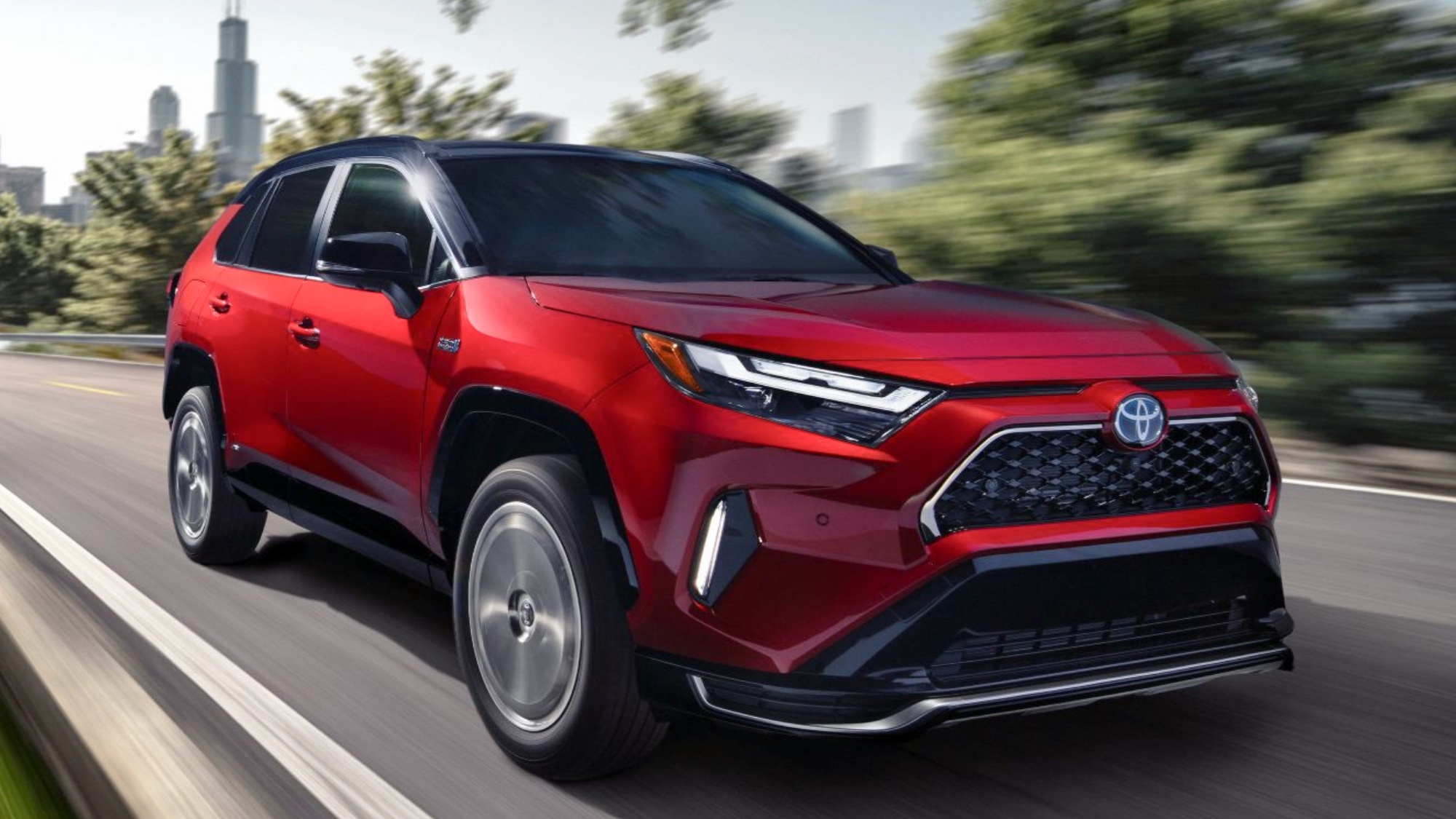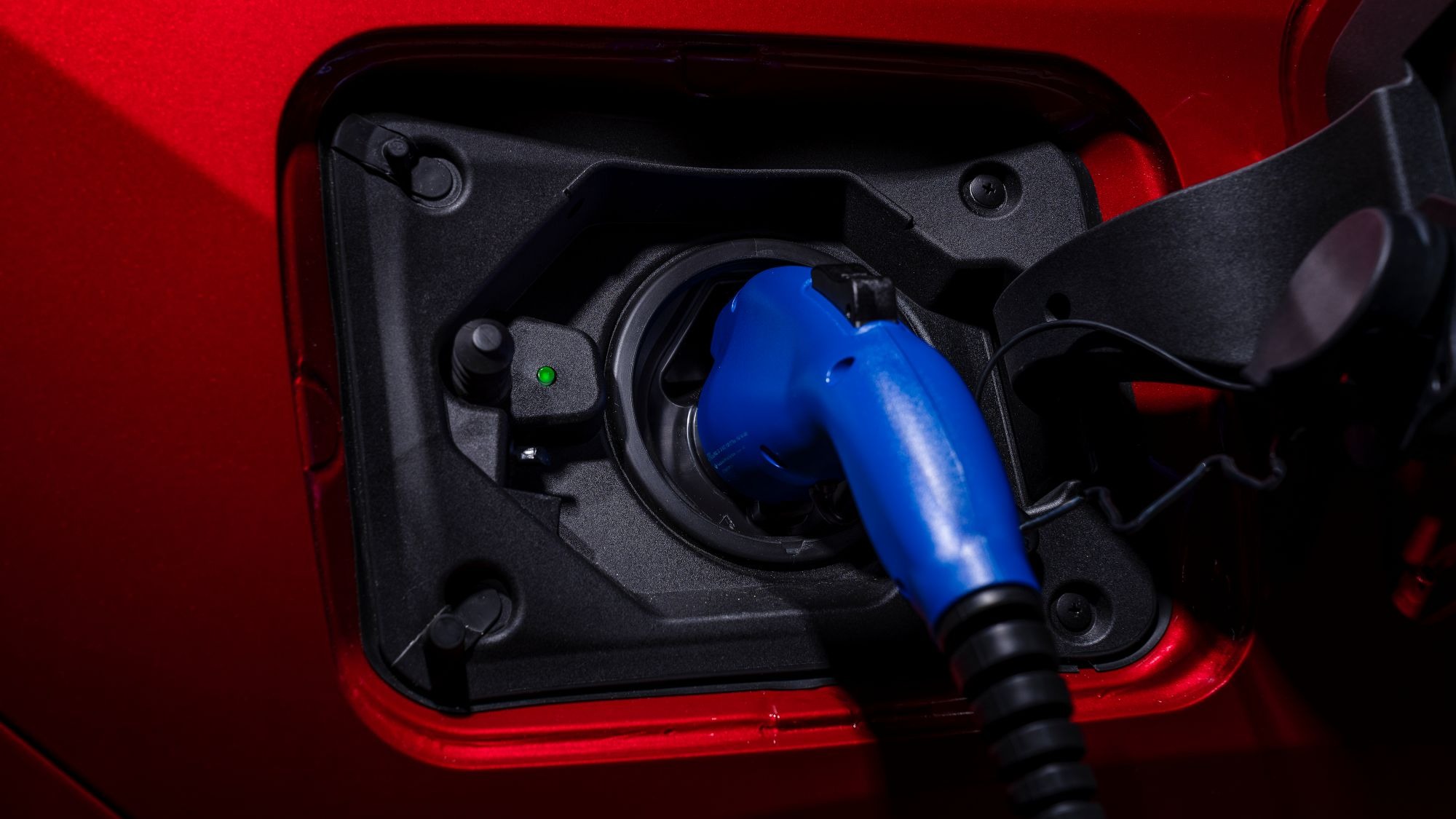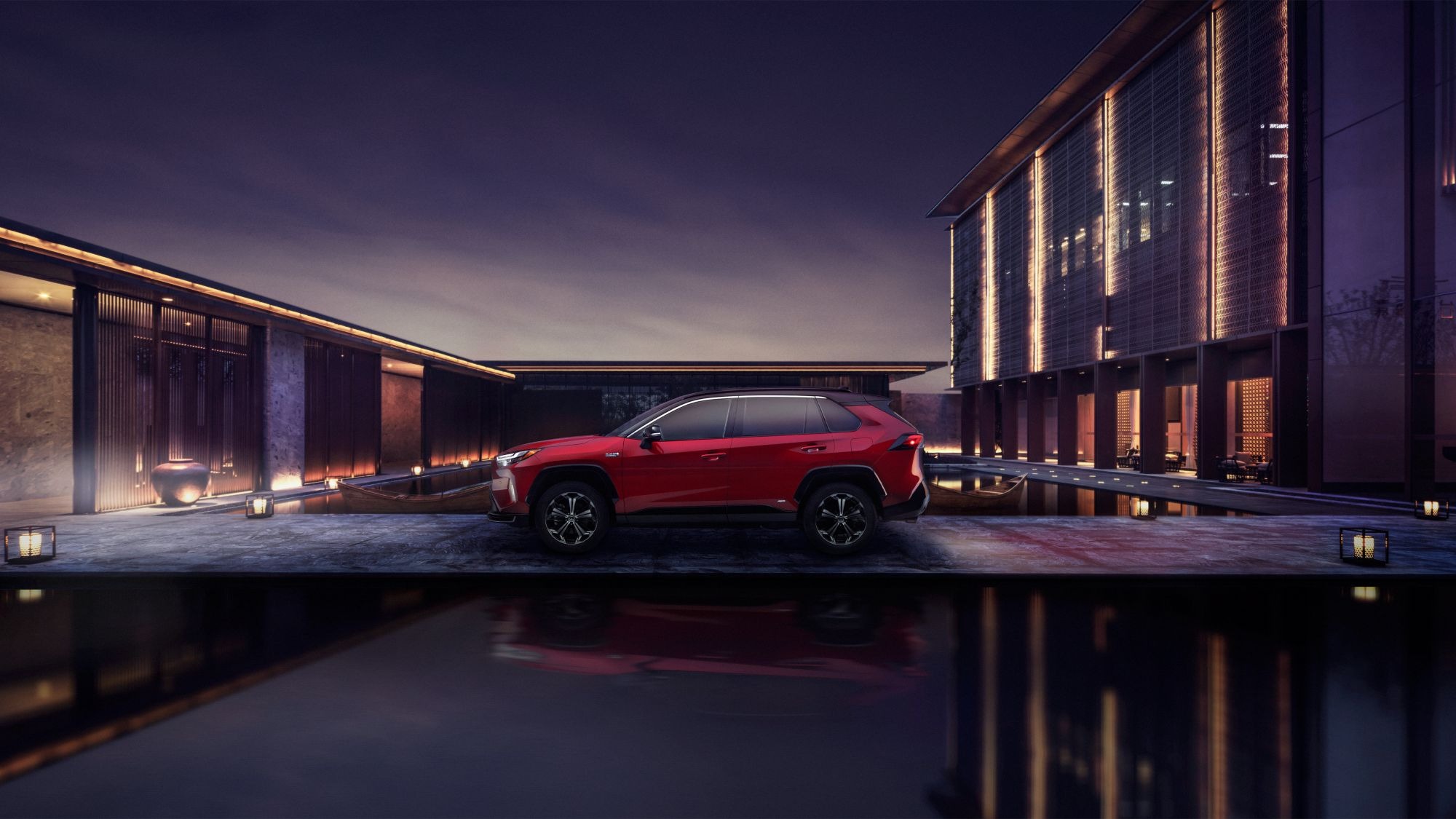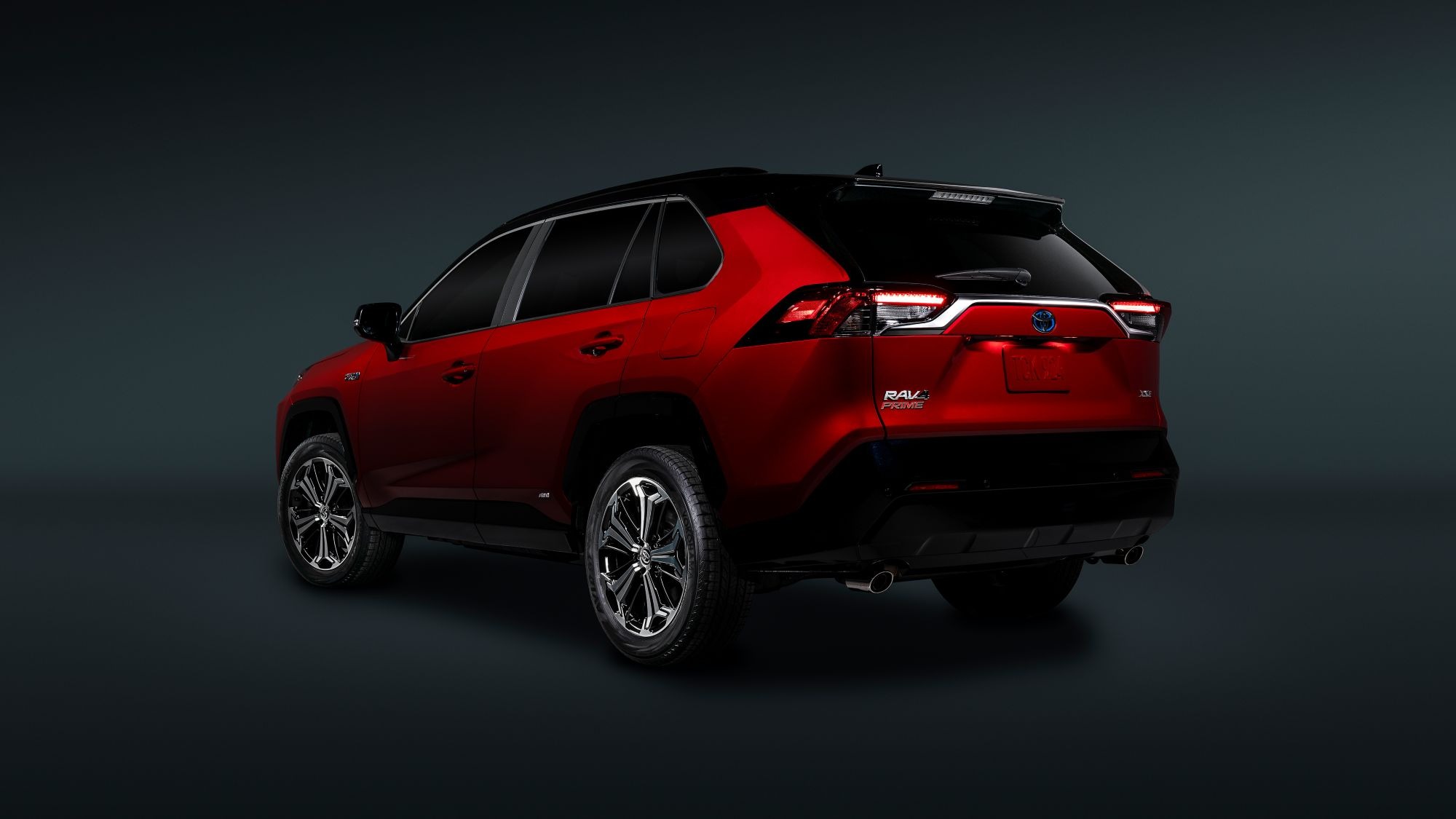
There’s no denying how the best electric cars generate the most interest among consumers, but despite seeing a handful of new EVs slated to come out this year, my favorite vehicle at the New York Auto Show 2024 (NYIAS) wasn’t even an all-electric model. It was the 2024 Toyota RAV4 Prime, a plug-in hybrid SUV that blends the gasoline efficiency of a hybrid vehicle, but can tap into its all-electric power for a range up to 42 miles.
I’ve been spoiled by the potential long-term savings that EVs promise, like the Ford F150 Lightning that I test drove over a weekend. Going through the New York Auto Show also opened my eyes to the broader variety of vehicles we’re getting now with electric cars — like the performance styling of the Hyundai Ioniq 5 N or the crossover coupe design of the Polestar 4. However, I still have a lot of concerns about buying an all-electric vehicle.
That’s why I think that the Toyota RAV4 Prime is a more practical option for me, along with those who are thinking about all-electric models — but aren’t convinced yet that all-electric is the be-all and end-all solution. Then there are still the millions of drivers who still drive gasoline powered vehicles, including myself. That’s why I think the RAV4 Prime has what it takes to dip peoples’ toes into the benefits of EVs.
The potential of never having to pay for gas again

After speaking with family members, friends, and colleagues who own an EV, the one thing I often hear from them is the long term savings they’re getting by charging at home. That’s because filling up their EVs is nowhere as expensive as doing it with a gas-powered vehicle. Since the Toyota RAV4 Prime features an advanced gas/electric powertrain, you can theoretically rely on its all-electric power and never have to fill up on gas again.
Its 42 miles of EPA-estimated all-electric driving range pales in comparison to the 250+ mile range I see in other fully electric vehicles, but if your daily commute is less than that, I think it’s a huge incentive to rely on. I’m told it takes about 12 hours to fully charge the RAV4 Prime’s 18.1 kWh battery pack on a standard 120V outlet you have at home. That sounds like an awful long time, but if you’re getting home by 6:00 p.m. and leaving for your commute the following morning around 7:00 a.m., you’ll have a fully charged battery at your disposal.
Better for long distance traveling

Another reason why the RAV4 Prime is a more compelling option to bridge the gap between gas and all-electric is that it’s more convenient for long range traveling. More often than not, EV drivers have to be mindful about how much charge is left in the battery because it costs a lot more to use a charging station rather than doing it at home.
If you’re planning to do long distance driving, like a family road trip or vacation across the country, it’s more convenient to drive a plug-in hybrid like the RAV4 Prime because you won’t have to make as many (and longer) pitstops than an all-electric vehicle. For an SUV, the RAV4 Prime offers a fuel economy of 40 mpg city and 36 mpg highway — which easily beats what I get from my sedan.
Many new EV drivers get a rude awakening when they encounter their first long range trip because there are fewer charging stations nationwide, so part of the challenge is for them to plan their route based on those charging station locations.
Cheaper than the vast majority of EVs

And the last reason why I’m more likely to buy a plug-in hybrid than an all-electric one is because they’re much more affordable. On average, you’re looking at around $50,000 for an EV nowadays. Thankfully you have affordable options like the Tesla Model 3 that’s helping to drive the price down, but even the Ford F150 Lightning Lariat Edition I test drove costs in excess of $69,000.
There’s also the Hyundai Ioniq 5 N for instance, which starts at $66,000. It shows that EVs by and large are still expensive to own, even though tax rebates can alleviate some of that burden. Either way, the vast majority of them are more than double what I paid for my sedan.
Meanwhile, the 2024 Toyota RAV4 Prime starts at a slightly more temperate cost of $43,000. It doesn’t break the bank like these other $50,000+ priced EVs, so I think it serves as a bridge between traditional gas-powered vehicles and all-electric ones. Luckily you have additional options if the RAV4 Prime is still too much for your liking — such as the 2024 Kia Niro Plug-in Hybrid that starts at $34,000 or 2024 Hyundai Tucson Plug-In Hybrid for $$38,000.
What I’m ultimately getting at here is that these plug-in hybrids offer the best of both worlds by giving drivers who are unwilling to invest fully in an EV by giving them a small taste of what they hype is all about.






